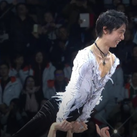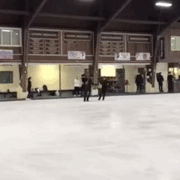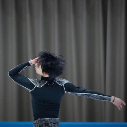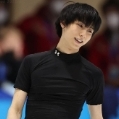Forums
-
Announcements
-
Planet Hanyu
-
- 144.3k
- posts
-
- 22k
- posts
-

- Fanart
- By Perelandra,
-
- 7.6k
- posts
-
-
Space Battles: Competitions and Events
-
Icetime Continuum: General Figure Skating
-
- 22.5k
- posts
-

- Team USA
- By rockstaryuzu,
-
- 21.7k
- posts
-
-
Space Junk: Everything Else
-
- 21.5k
- posts
-
-
Forum Issues
-
- 1.3k
- posts
-
-
Forum Statistics
1.6k
Total Topics581.6k
Total Posts -
Member Statistics
-
Who's Online 2 Members, 0 Anonymous, 112 Guests (See full list)





